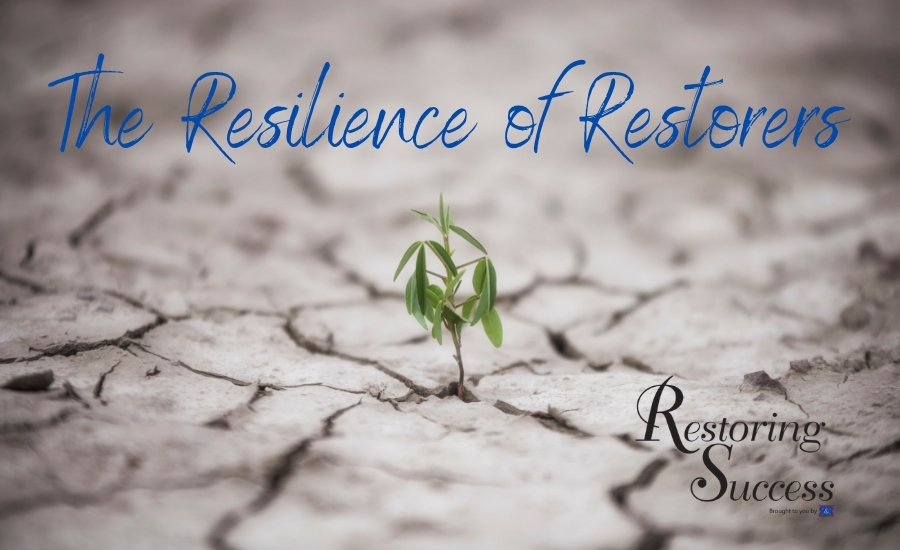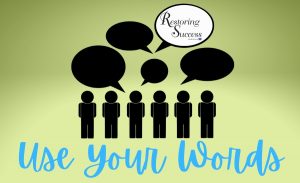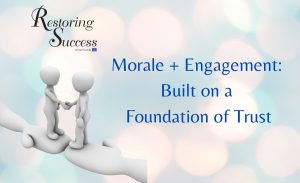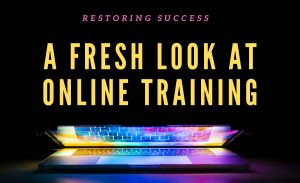
“Smooth seas do not make skillful sailors.” African Proverb
If you are reading this, it is likely that you overcame challenges, learned new things, pivoted, showed resilience, supported others, and more, after navigating 2020.
Although challenges and change are inevitable as we journey on into 2021, we should move forward with a new sense of confidence and accomplishment. After all, you did it! You, your team, and your company did it! You navigated a year full of endless challenges and should celebrate the achievement.
There are possibly endless lessons and reflections that we can learn from and share as an industry. I look forward to serving on the R&R Panel, Lesson’s from Covid-19, presented by The Experience University, February 10, 2021, learning the lessons of others, sharing my own, and building a solid future together as an industry.
As individuals, companies, and as an industry, there were many journeys, challenges, lessons, and reflections of the year, 2020. As we move forward and start our new year energized, focused on goals, and ready to take on the challenges and changes ahead, I share a couple of thoughts to keep the momentum going strong:
- Celebrate Our Purpose: Although there may be a wide variety of ways we communicate and lead each other as purpose-driven organizations, it is easy to lose sight of our true purpose in the day today. I quote a long-time industry friend and instructor, Ron Valega, who reminds classes, “We are not just sucking poop! We are giving people clean and safe environments.” Unite as a team and celebrate the new year and future with a deeper appreciation than ever before of the great works of the cleaning, restoration, and remediation industries. After 2020, we know now more than ever that providing clean and safe environments for people to do their work and live their lives is a noble, rewarding profession to be proud of.
- Post-2020 Huddle: In What the CAT Just Happened, it is encouraged to post-CAT huddle with the team and evaluates what went well and what could be done better next time. Take this opportunity to gather input from every member of the organization to give ideas and input on preparedness and the identification of opportunities.
- Opportunities: Take this opportunity to think big and seek opportunities. Ajay Pangarkar, CTDP, FCPA, FCMA’s article, 3 Habits to Innovate During a Pandemic gives a great deal of inspiration and three keys to seizing the opportunity. “While tragic, this pandemic is also a once-in-a-lifetime opportunity to do things differently; to think differently. Prior to the pandemic, you know “normal times,” you could have far-fetched innovations, but if they were too extreme, no one would give you the time of day. But guess what? We can now not only dream of far-fetched ideas but are actually encouraged to do so. You now have implicit permission to try anything even marginally viable and no one will hold it against you for trying to make it a reality.” says Pangarkar.
- Perspective: It is an excellent time to calibrate a very important meter, your Perspective Meter. Calibrating the perspective meter allows us to focus on what is important, see opportunities, and appreciate all the good by which we are surrounded.
My own 2020 experience was filled with successes and mistakes. There were a few times I had a moment and said, “I don’t know! This is my first Global Pandemic!” I would quickly gather myself and journey on, surrounded by an amazing team, supporters, and friends.
As for the lessons, like many of us, I learned quite a few and look forward to sharing them. I do know one thing for certain, although I always feel a sense of gratitude towards my co-workers and colleagues, it is this year more than ever; that this gratitude almost overwhelms me as I know that I would not be prepared and energized as I am now for 2021.
As we reflect on 2020, we must remember there was no “playbook”. Be proud, you did it!

 As children are learning to speak and communicate, we often say, “use your words.” An important soft skill that, as adults and restoration professionals, we should never stop developing in ourselves and others. The following excerpt is a brief description from childcare.net as to the importance of developing this skill:
As children are learning to speak and communicate, we often say, “use your words.” An important soft skill that, as adults and restoration professionals, we should never stop developing in ourselves and others. The following excerpt is a brief description from childcare.net as to the importance of developing this skill:
 Online training, e-learning, virtual classrooms, and other terms are becoming a new norm. In the landscape of education, there are limitless resources that are accessible to us and applicable to a variety of disciplines from technical to soft skills. Although there is a new light, none of this is new. As we operate and adjust to a world stricken by the challenges and changes brought on by the pandemic, in last month’s restoring success,
Online training, e-learning, virtual classrooms, and other terms are becoming a new norm. In the landscape of education, there are limitless resources that are accessible to us and applicable to a variety of disciplines from technical to soft skills. Although there is a new light, none of this is new. As we operate and adjust to a world stricken by the challenges and changes brought on by the pandemic, in last month’s restoring success, 






